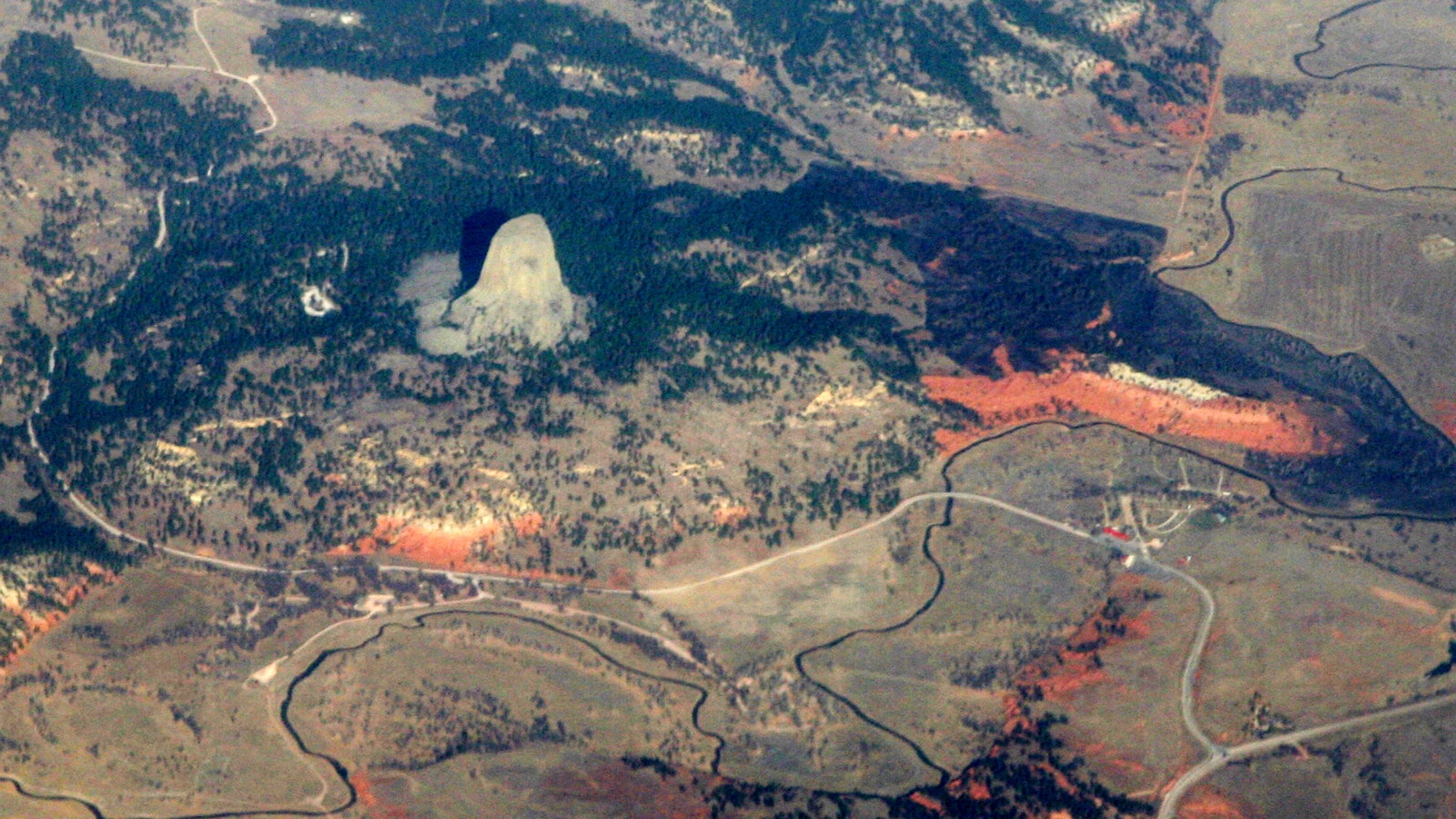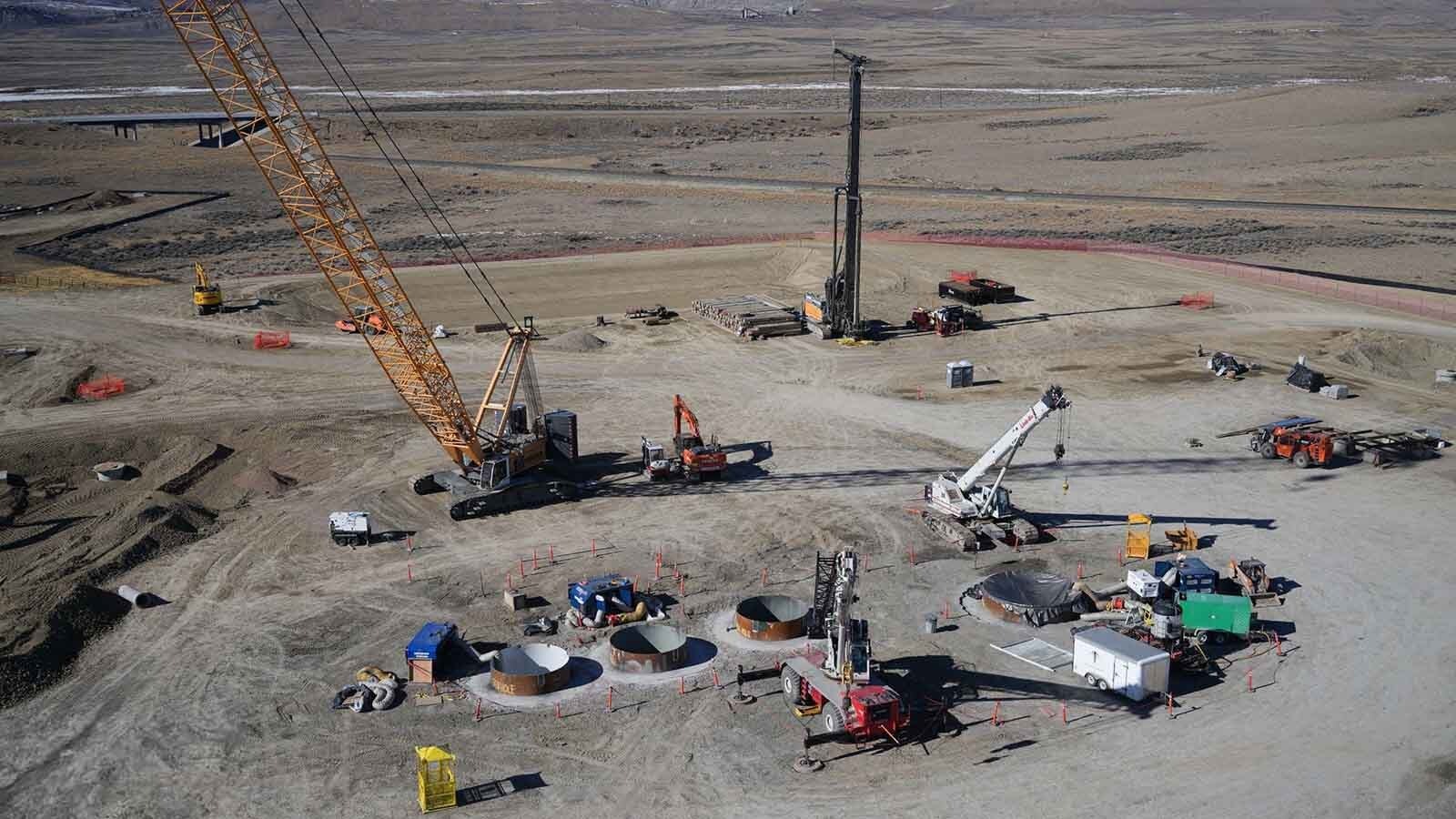More than eight years ago, New Mexico’s Kit Carson Electric Cooperative became the first distribution electricity cooperative to sever ties with Tri-State Generation and Transmission Association, a giant cooperative with member organizations in a four-state territory, including parts of Wyoming.
With Kit Carson late on filing its financial report on 2023 results, internal talk among Wyoming’s co-ops has picked up with a common theme: The grass isn’t necessarily greener on the other side.
“This thing about us losing money is a misnomer,” said Luis Reyes Jr., chief executive of Kit Carson Electric Cooperative Inc., who defended his co-op.
“We run lean,” Reyes told Cowboy State Daily.
Since 2016, a handful of co-ops have followed Kit Carson’s lead, raising yet more rumors among critics that things aren’t that great for those who’ve paid millions of dollars to leave Tri-State.
The complaints about those that have left Tri-State also have focused on them paying more for wholesale power purchased from a third-party company, Denver-based Guzman Energy Group. The critics say that Kit Carson and other co-ops that have left Tri-State are really paying more for their power now that they’ve left, and that Guzman may not have enough power to deliver on its promises of electricity in future years.
A Guzman spokeswoman could not immediately comment on these issues.
The biggest co-op, Brighton, Colorado-based United Power Inc., claims to have made up about 20% of Tri-State’s revenues when it departed in May with its top executive telling Cowboy State Daily recently that all is fine with its independence.
“The opportunity to buy our own power and transmission has been very attractive,” said United Power President and CEO Mark Gabriel.
Other co-ops have signaled that they also are leaving over the coming year in Colorado and Nebraska.
Others still are saying good-riddance.
Jerry Thompson, president of the board of directors of the Garland Light & Power Co. in Powell, Wyoming, wrote in a recent email to Cowboy State Daily that Wyoming’s co-ops are “happy United Power is out of Tri-State.”
Thompson said that the legal battles with United Power to fight its “extreme ideas of renewable energy and want everything for nothing” were a drain on Tri-State’s time and resources.
“Maybe look at how some of those other co-ops (Kit Carson) are doing financially,” he said.
Credit rating agencies that monitor the debt loads of these co-ops have mixed thoughts about the near-junk status level of Tri-State’s credit borrowings.
The major agencies, S&P and Fitch Ratings, each say that there is no danger of Tri-State going belly up on the more than $2.6 billion in debt that it holds, especially thanks to United Power, which paid an exit fee of $702 million to sever ties with Tri-State.
Challenges Ahead
However, S&P and Fitch both say that challenges lie ahead as the energy transition to decarbonize their electricity generation portfolio moves forward, due largely to Colorado’s efforts to move toward renewable energy in coming decades.
“Survival is not a concern for us,” said Dennis Pidherny, managing director of public finance with Fitch Ratings in New York City.
Pidherny said in an interview with Cowboy State Daily that Tri-State’s service territory stretches from Wyoming to New Mexico and is challenged by different concepts over how to generate electricity and distribute electrons to customers via transmission lines.
“There are very different needs and objectives, and schisms have developed in the membership over what transmission and generation should look like,” Pidherny said. “This has created a little tension and discourse among the membership. They are trying to get a membership that is more aligned, or on the same page, where they all share in fundamentally the same view of the world.”
United Power’s departure highlighted some of these schisms, he said.
“It was expensive for United Power to leave,” Pidherny said. “They paid $702 million to exit, and Tri-State can now reduce its debt and pay liabilities. They hope to get to the point where the members who truly want to leave the system, they have a regulatory approved formula now that allows members to buy their way out of the cooperative and go their own way.
“United’s departure was all about cost. If you ask them, it was more about power supply philosophy and the fact that they wanted to explore their renewable base of resources. Their members really wanted this, and this is why they paid a little more to exit.”
S&P credit analyst David Bodek said that his rating agency views the contract termination payment formula established by FERC as a potential disincentive for additional member distribution cooperatives to sever their ties with Tri-State.
Tri-State management has stated that it will apply the proceeds of the exit fee to offset portions of its $2.6 billion, five-year capital improvement plan and to reduce its $3.4 billion in existing debt by about 13%, according to Bodek.
100% Renewable
There are eight co-ops in Wyoming who are members of Tri-State, who have been vocal about preserving the coal-fired Laramie River Station one of the last remaining coal plants with no plans to close in the Cowboy State.
Wyoming’s co-ops from Tri-State include Big Horn Rural Electric Co. in Basin; Carbon Power & Light Inc. in Saratoga; Garland Light & Power Co. in Powell; High Plains Power Inc. in Riverton; High West Energy Inc. in Pine Bluffs; Niobrara Electric Association Inc. in Lusk; Wheatland Rural Electric Association; and Torrington-based Wyrulec Co.
Even though LRS isn’t scheduled to close any of its three units, other coal-fired power plants in Wyoming are in various stages of closing, including the 816-megawatt Dave Johnston generation station in Glenrock and 1,162-megawatt Jim Bridger plant in Point of Rocks.
Along with Tri-State, the LRS is co-owned by other co-ops in the region, including Basin Electric, so any decision made on the power plant’s future would have to be made jointly.
Late Financials
Reyes confirmed that his organization was late in filing its 2023 financial report with the New Mexico Public Regulation Corp. but that it continues to generate a profit in the energy transition.
“We are 100% renewable today,” said Reyes, who indicated that his co-op plans to file the 2023 financial report with its New Mexico regulator this week. “We are doing well.”
Reyes thinks some of the co-ops have sour apples about his co-op because it is performing well financially.
“We left Tri-State because I couldn’t get them to go with renewables,” he said. “I’m not so concerned about what they are doing. If they decide that coal is good for them, great. Don’t impose your beliefs on me.”
Reyes told Cowboy State Daily that his co-op repaid the $37 million exit fee to Tri-State in less than six years.
“I think they are shortsighted,” said Reyes of Tri-State’s members. “They aren’t making decisions on what’s best for their members, but rather what is best for their board or manager.
Kit Carson requested two “variances” asking for a delay in filing the 2023 report with the New Mexico regulator because of “auditor scheduling conflicts” in its examination of services and businesses offered by Kit Carson, including electricity, propane and services, according to copies of the variances obtained by Cowboy State Daily.
The energy transition alone isn’t the albatross for Tri-State and its members.
Pooling Power
Tri-State, Kit Carson and Wyoming’s co-ops are looking for ways to save money.
This summer, the Southwest Power Pool (SPP) filed plans with FERC to become the first regional transmission organization (RTO) in the United States to provide services in both the Eastern and Western interconnections of the nation’s power grid.
Currently, the Little Rock, Arkansas-based SPP covers 14 states, including Arkansas, Iowa, Kansas, Louisiana, Minnesota, Missouri, Montana, Nebraska, New Mexico, North Dakota, Oklahoma, South Dakota, Texas and Wyoming.
Adding new members will lower wholesale power delivery costs over the electrical grid to utilities and buyers in these states. New members to be added to the RTO will provide reliability of the electric grid and save the utilities money.
The power pool, which is expected to go live April 1, 2026, estimates that it could save $200 million annually by connecting with the U.S. West.
Some of the groups petitioning to get into the RTO with Wyoming ties include Basin Electric Power Cooperative; Tri-State; the Western Area Power Administration, a power marketing agency with access to the government’s hydropower dams; United Power; billionaire Warren Buffet’s PacifiCorp, which runs the Rocky Mountain Power electric utility in Wyoming; and Cheyenne’s Francis E. Warren Air Force Base, which will see increases in power demand due to modernization of its strategic nuclear arsenal.
“It is a big deal,” said Bruce Rew, senior vice president of operations for SPP Inc., and who oversees the RTO expansion effort.
Rew said that the expansion will primarily take place in Colorado and Wyoming and represents a 10% increase in SPP’s market size.
“It’s a good opportunity for customers in Wyoming to have access to a broader market with cheaper power,” he said.
Pat Maio can be reached at pat@cowboystatedaily.com.





